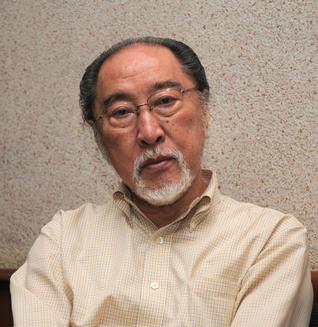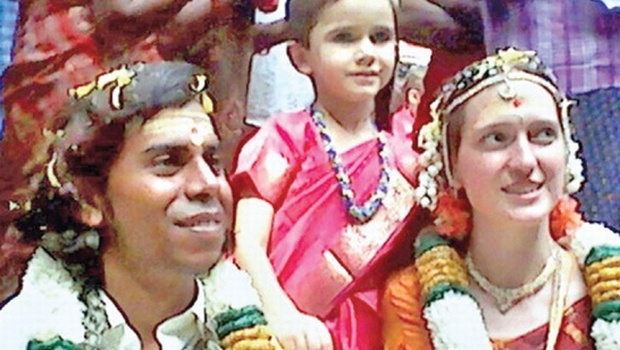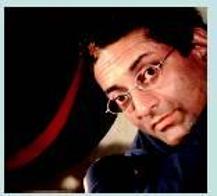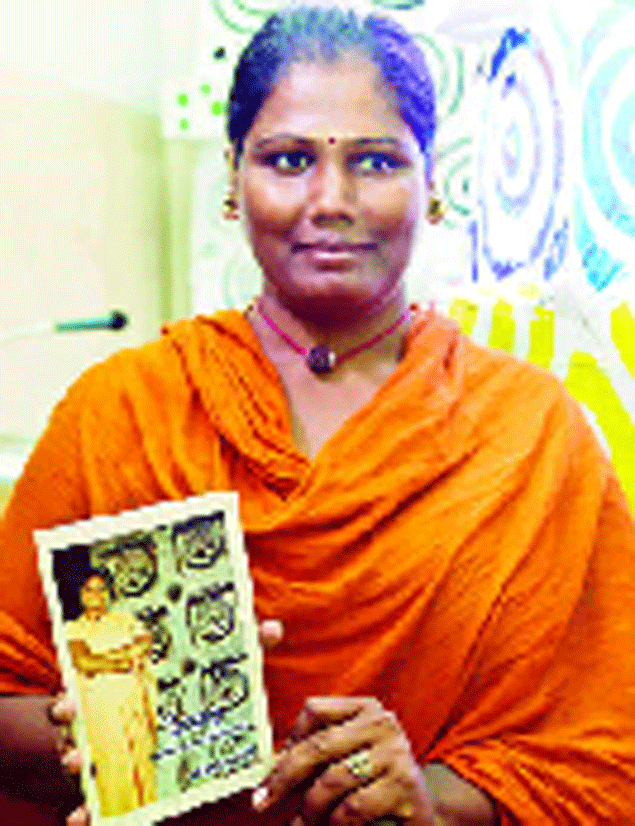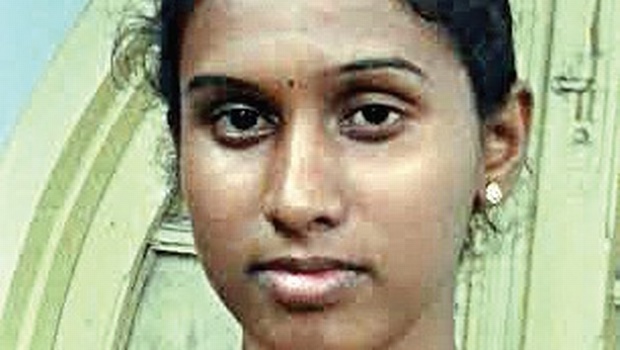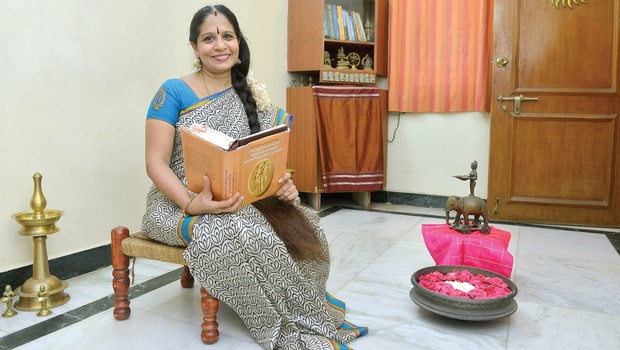Chennai :
A rich repository of the fascinating accounts of five generations of women, ‘A Grandmother’s Legacy’ by English author Jenny Mallin, is not only a recipe book but also a memoir of the life of Anglo-Indians during the British era.
While the origin of the book dates to 18th century Yorkshire in England, the Anglo-Indian aspect of the family history took root in erstwhile Madras where Benjamin Hardy, a foot soldier in the British army , landed in 1778. Now, more than two centuries later, Jenny Mallin, the great-great-great-great-grand-daughter of Benjamin and Frances, and the proud custodian of an 1844 recipe book, has shared her family secrets to the world.
Jenny worked as a producer on BBC News for seven years and then as a corporate travel buyer. “Losing my father in 2010 was the catalyst (to become an author). I realised I could lose my mother soon; time was ticking. Sometimes a doubt would creep in -‘Am I betraying these ladies?’ But I did not want the legacy to end with me,” says the 57-year-old who launched her book at the British Council Library on Friday. “I would read a recipe to my mother every day from the book, cook a dish, ask her opinion and make sure it tasted authentic. In three years, I re searched more than 500 recipes,” she says.
The desire to preserve the culinary heirloom for posterity began with 15-year-old Wilhelmina Sausman, a Vellore resident who married Joseph son of Benjamin and Frances in 1844. Since then, the book, which Jenny has now stored in a safety deposit box in a bank, had been passed on. “My mother Cynthia, who was born in Kolkata, had great imagination. In a small London kitchen, she would produce wonderful dishes, while listening to the radio.”
It wasn’t easy for Jenny to decipher some words and ingredients written down by her grandmothers. “I am a born researcher and I felt like Sherlock Holmes trying to put together a jigsaw puzzle,” says Jenny .
Each chapter in Jenny’s book celebrates the life of the five women who have inspired her in innumerable ways. Interspersed with their recipes are the interesting customs of that era. For instance, in Rawalpindi, her grandmother Irene was a governess to 16year-old Benazir Bhutto, who would grow up to be the prime minister of Pakistan.
source: http://www.timesofindia.indiatimes.com / The Times of India / News Home> City> Chennai / by Diana Ningthoujam, TNN / November 28th, 2015
